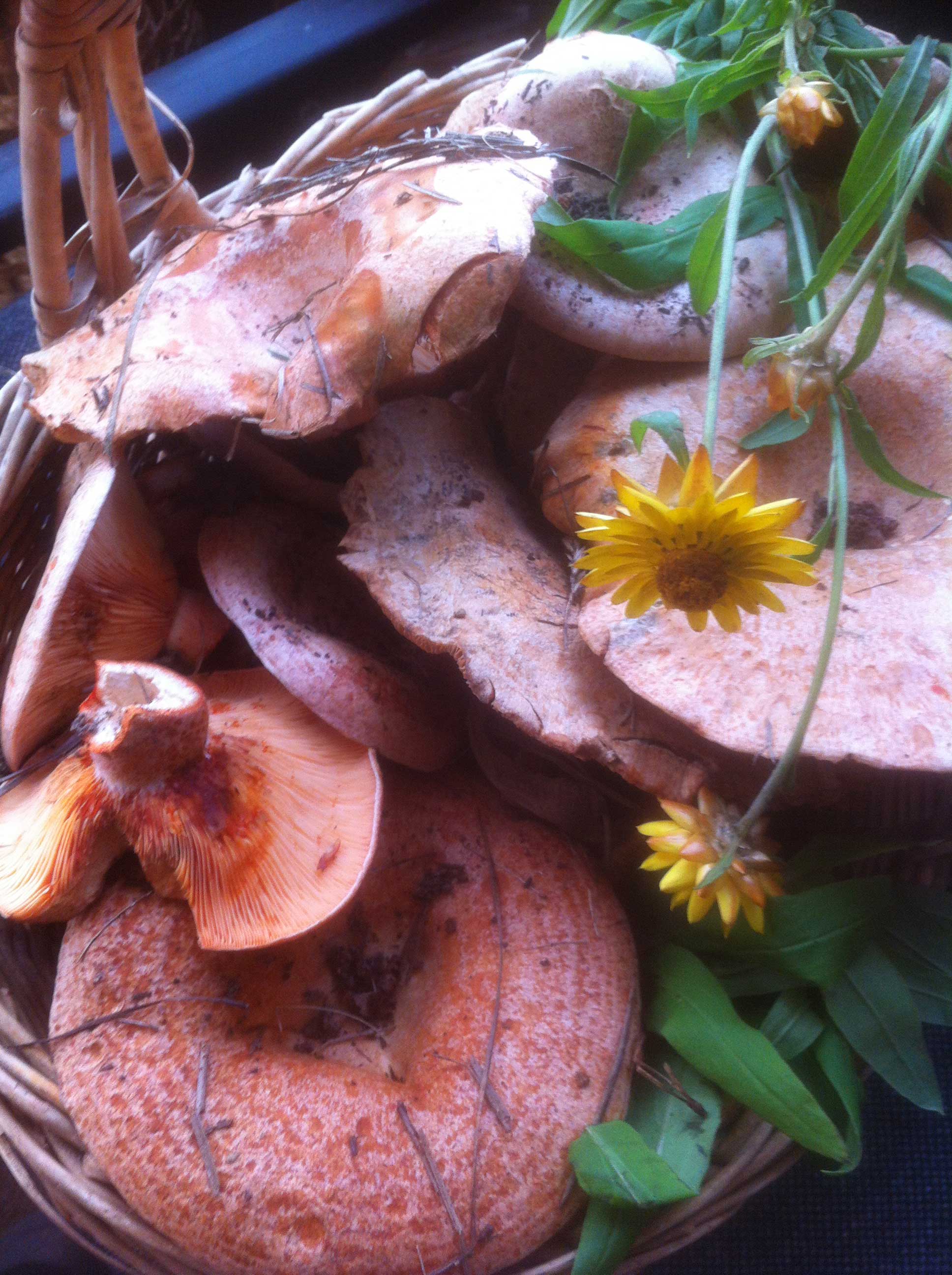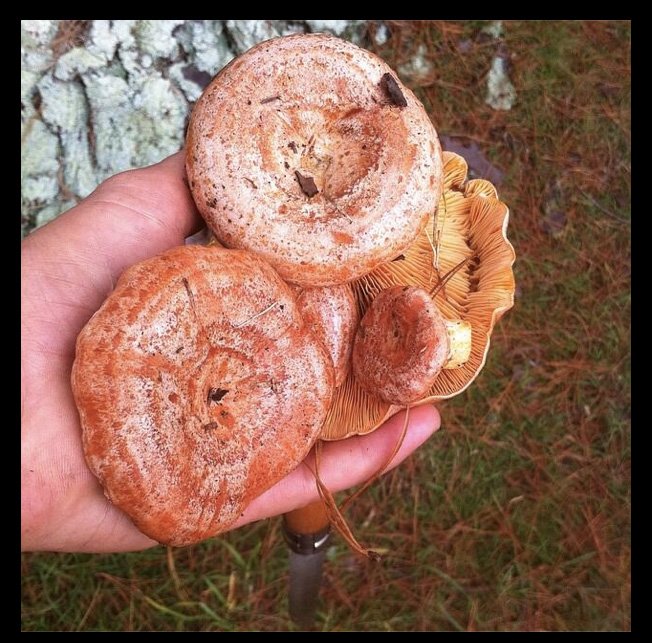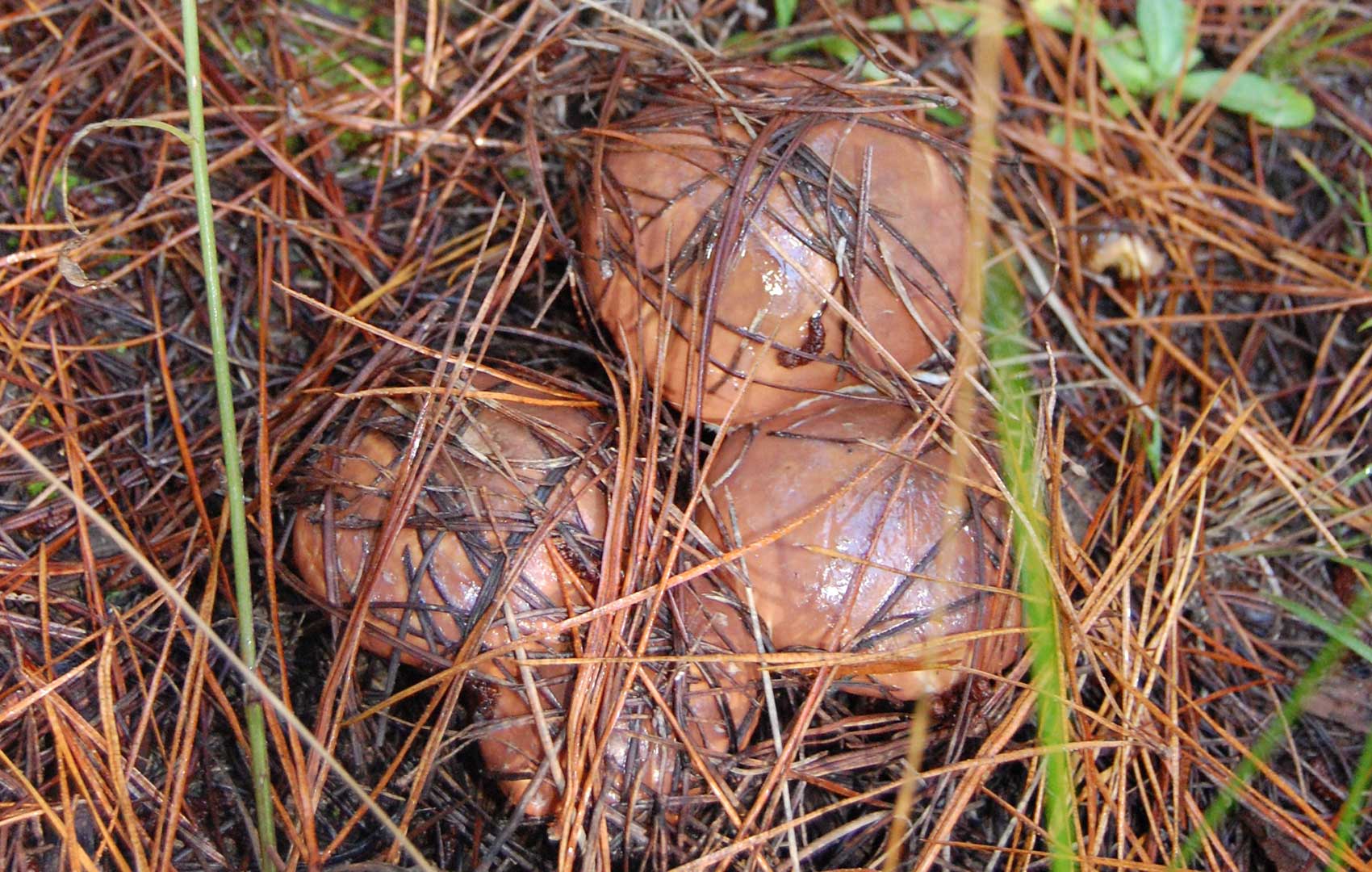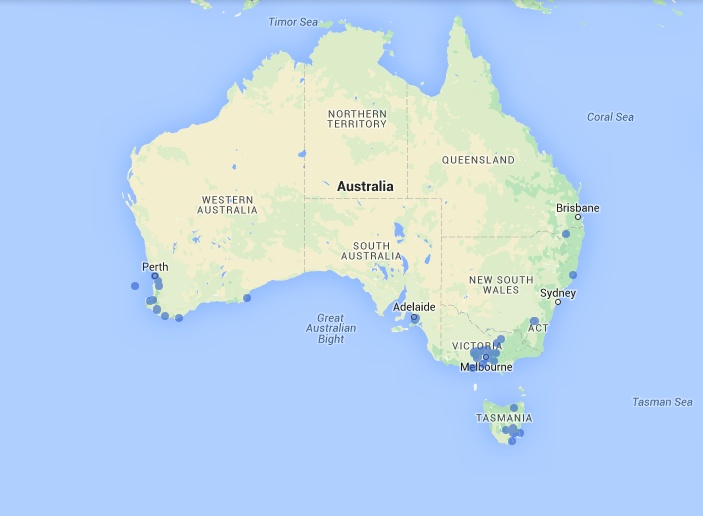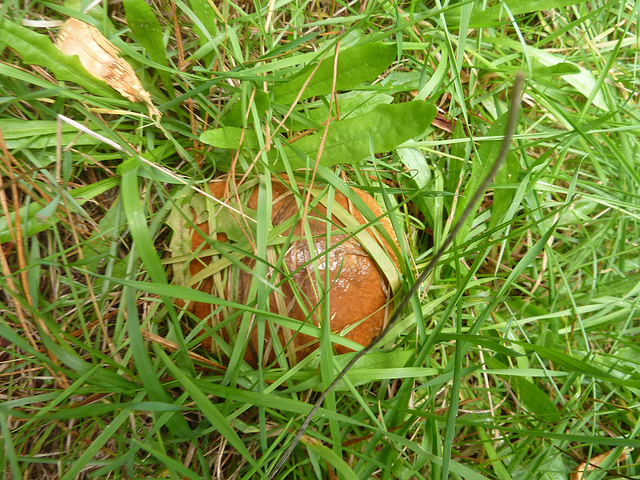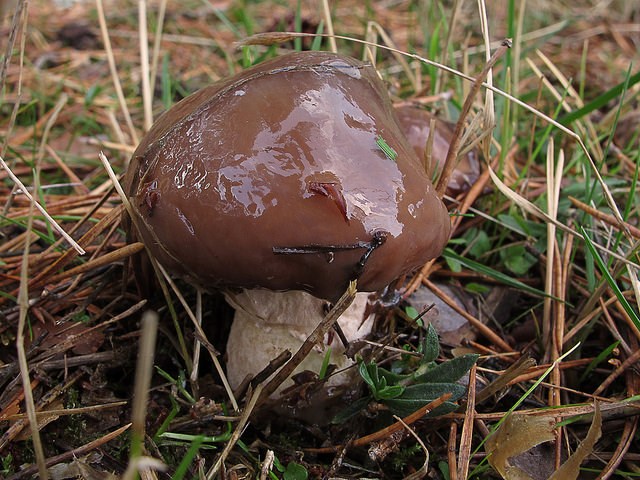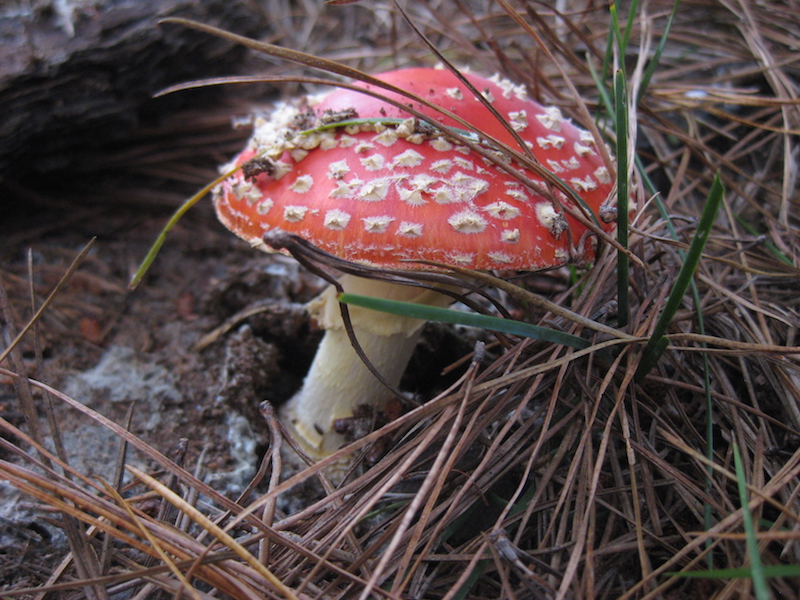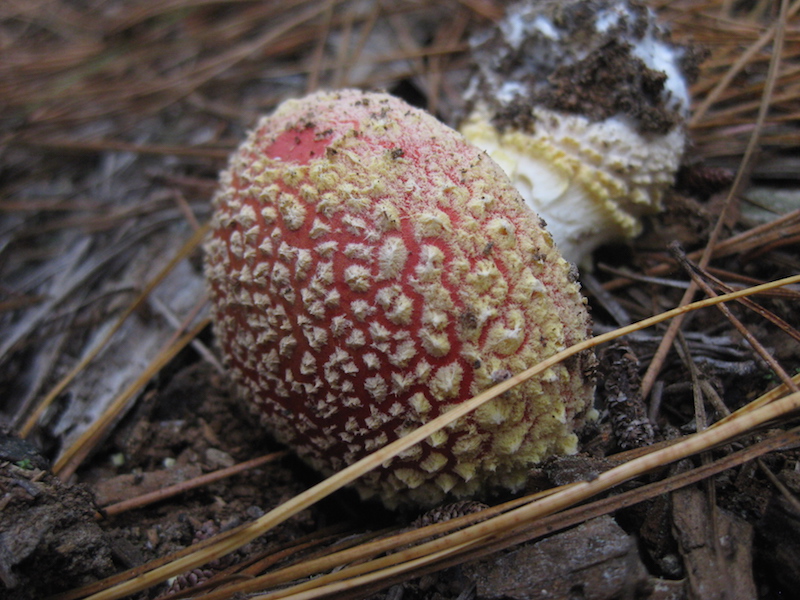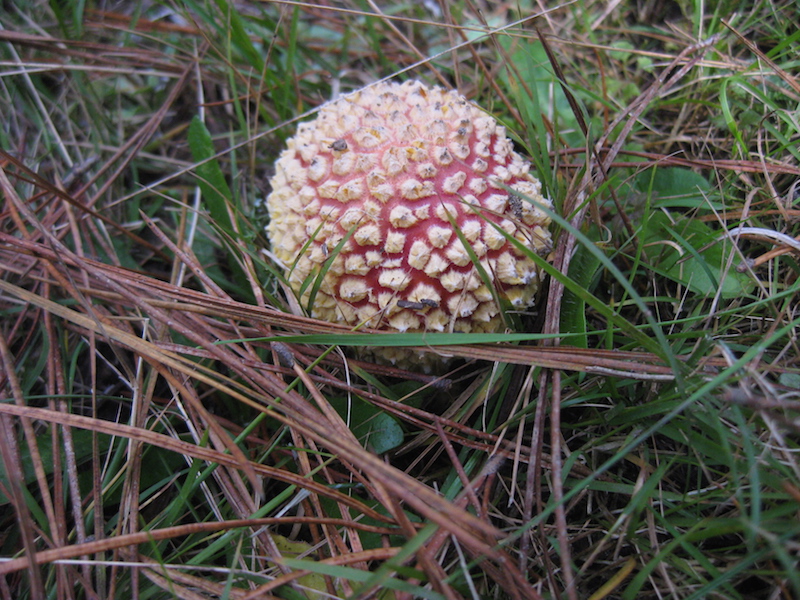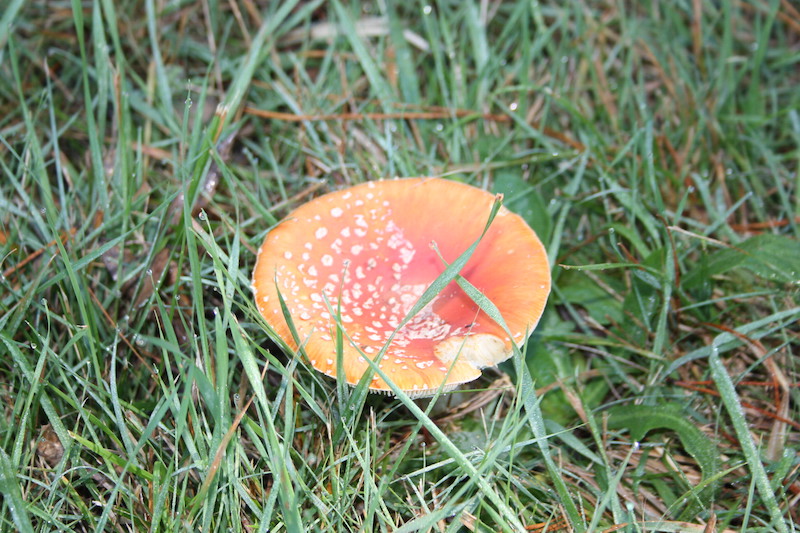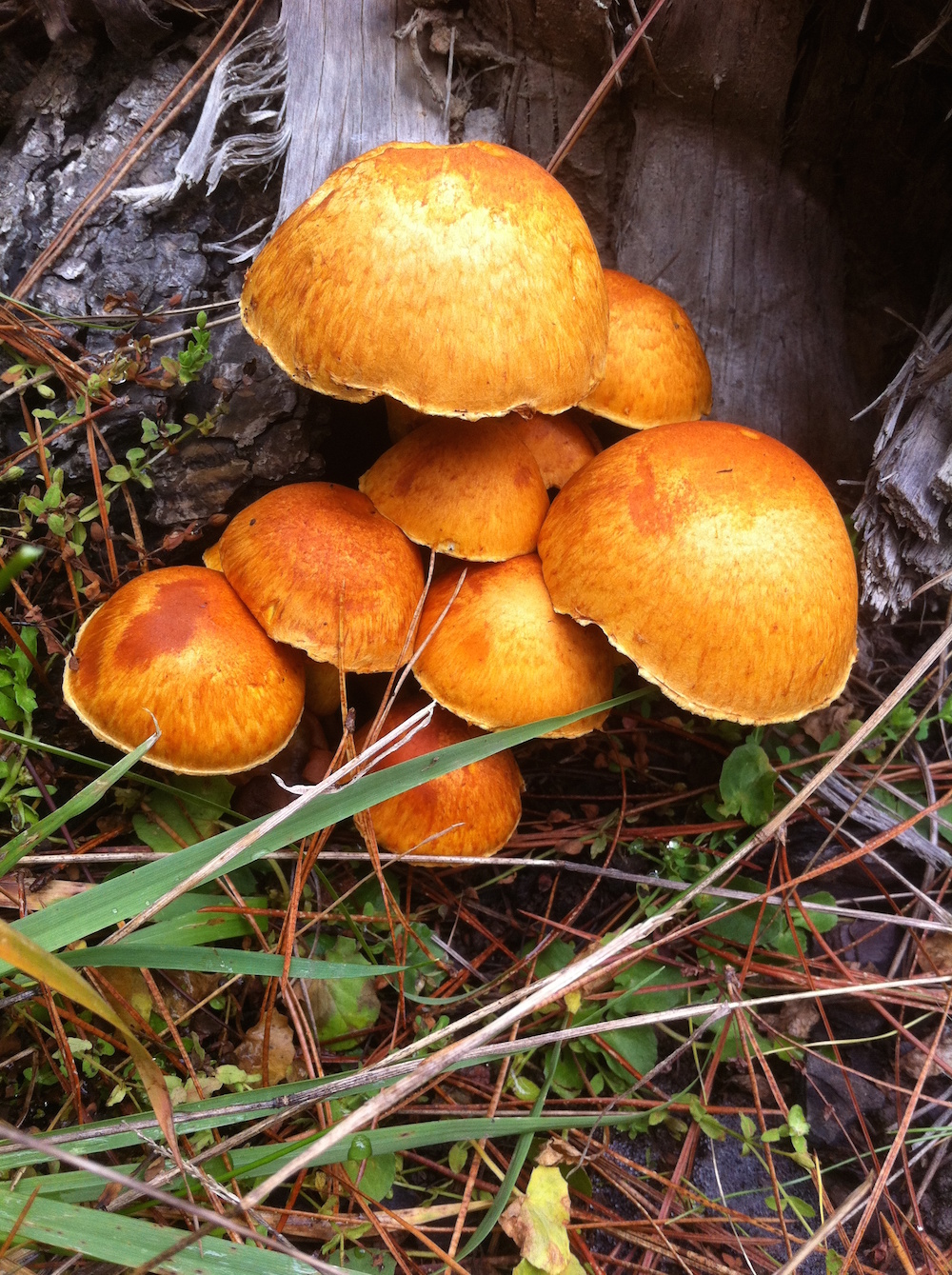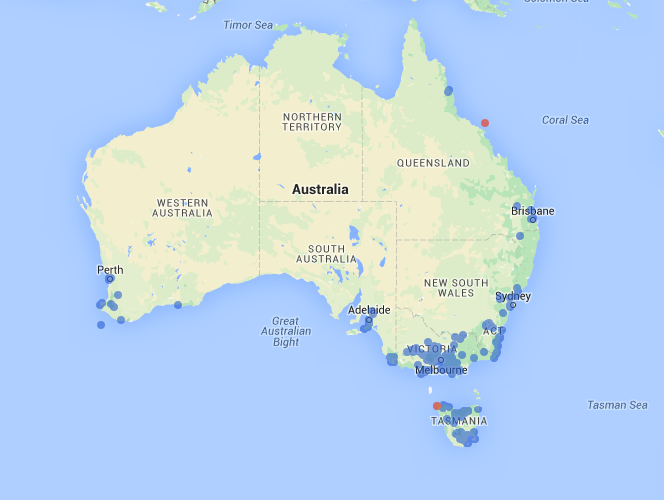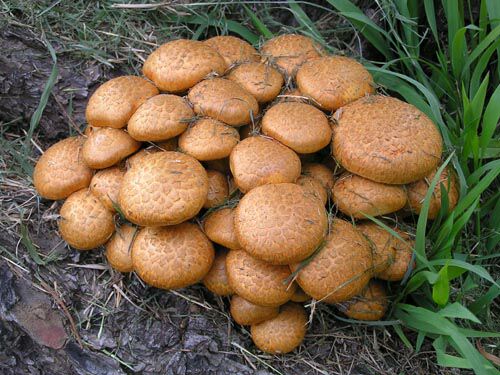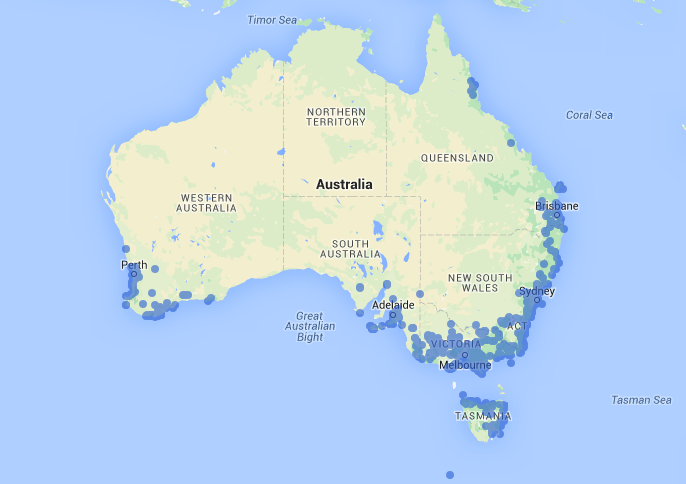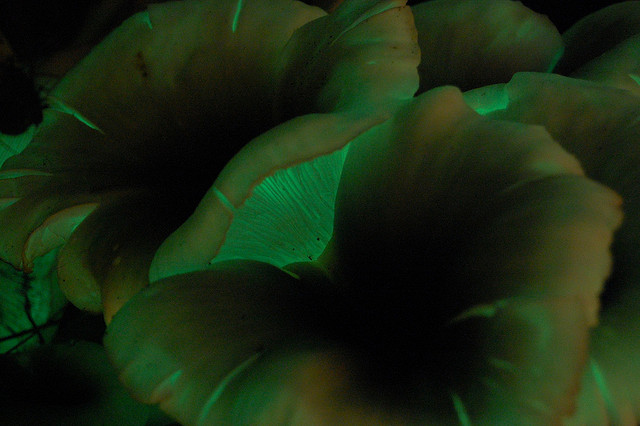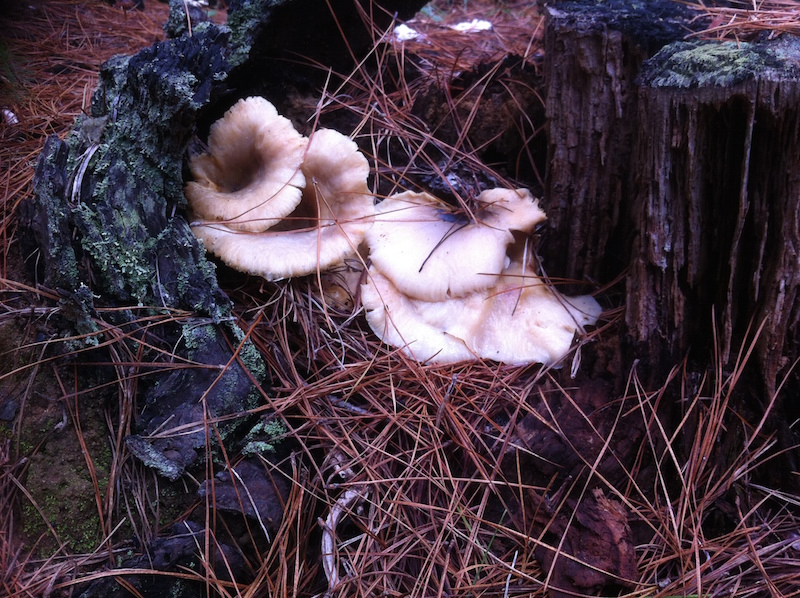Mushrooms in pine forests: the good, the bad and the glowing
It's mushroom season out there and I have just returned from the first sell-out workshop of the year.
I just want to write a post to clarify the identity of the most common mushrooms you can find out there, just because they keep coming to the 'show-and-tell' table set up in the forest and is good to just be clear about those.
Let’s start by saying that there are lots of mushrooms in Australia, an estimate of 5,000, of which only 5% has been described. That's a lot of mushrooms without a name, leave alone information about their edibility.
So when out in the forest (or fields) you are really only just going to pick the one you know, the one you are confident about edibility and that have been described and tested and have been eaten by generations of mushroomers.
That is why when I run wild edible mushrooms workshops I only ever talk about two species: Saffron Milk Caps and Slippery Jacks. Yes there are other known edible mushrooms out there, like the wood blewits, grey knights and the elusive porcinis, but those are rare, and it would just be too much to learn for novice wild crafters, so I stick to the basics.
Once you empower yourself with the key features of the two edibles you cannot make mistakes, and that's where you want to be.
Key features of Saffron Milk Caps - Lactarius deliciosus -
Cap: reddish-orange with darker dots, 4-15cm in diameter. Flesh: firm, pale in the centre, stained reddish by milk around the edge. Gills: orange, becoming flushed or spotted with green: Base: broad leg that narrows towards the base, 2.5 – 5cm long, 2.5cm thick. Appearance: Reddish- orange, becoming green/blue were bruised, spotted or cut. Spores: cream in mass, broadly ellipsoid and average size 8.5 x 6.5 microns. Location: found in pine plantations across South-eastern Australia, under older trees where the pine needles are thicker. Season: depending on condition (temperature and rain) from March to May.
See below for some images:
Key features of Slippery Jacks - Suillus spp -
A slimey mushroom, easily recognized by the cap. Great in soups and Asian dishes.
Cap: The cap is brown and up to 12 cm in diameter at maturity. The cap is initially hemispherical, later flattening out. It is slimy to the touch, bare, smooth, and glossy even when dry and the skin (cuticle) is easily peeled off. Underside: tiny, circular pores, at first light yellow but turn olive to dark yellow with maturity. Flesh: pale yellow or white, unchanging. Base: stout, rather short, 2.5 – 5cm long, with a large purplish-brown membranous ring. Spores: clay to ochre in mass, smooth, spindle-shaped, average size 8.5 x 3.3 microns. Location: found in pine plantations across south eastern and south western Australia, under older trees where the pine needles are thicker. Season: depending on condition (temperature and rain) from April to June.
But then there is the ones you want to take pictures of, but not take home: the bad and the glowing>>
First of all Fly agaricus - Amanita muscaria -, the classic fairytales toadstool. Yes they do exist, and they are as colourful as Dysney made them to be: bright red and white dots. Those are what I call the beacons, growing in the exact same location as the good ones, they highlight when the season is right, as you can spot them from afar. Amazingly photogenic, better be left in the forest. They start of as a little white textured bump to grow a red cap that opens in the classic umbrella shape. To say it right you could eat those, but only after several steps to leach out the toxins, in my opinion totally not worth it, as if you do not do it right you end up with a painful stomach ache (or worse). It is pretty easy to tell those apart when in full bloom, but when they are older they can discolour and the rain might wash away the withe dots. So if in doubt, flick them with a stick, the gills underneath would stay white no matter what = discard.
There are tales of tribal practices from eastern Europe, where the local shaman would eat this mushroom, drink lots of water to process the toxins through its liver to then distribute hallucinogenic urine to the villagers. But I shouldn't talk of this on this blog, this is a family-friendly (PG) place..
Anyhow, amazing images below>>
Another common mushroom you want to leave in the forest is the Laughing Jim - Gymnopilus junonius - NOT edible. Some report refer to its bitter taste but most mushrooms experts advise against as there is reports of toxicity (see links here). This is a truly cosmopolitan mushroom, growing in clusters on dead woods, particularly stumps. It does needs a mention as it has somewhat similar appearance to the Slippery Jacks, but with gills in the underside = Discard
and lastly, a truly psychedelic experience: bioluminescence!
Yep, a GLOW IN THE DARK mushroom. Commonly found on stumps and dead wood too, the Ghost fungus - Omphalotus nidiformis - is a native specie that adapted well to the new settings. It grows on the eastern and southern coast of Australia, all the way to Tasmania, it would be the sight that would get you the shivers if you find yourself in the forest by night, see below.
Amazing ay?
Buy EAT WEEDS- A filed guide to foraging; Get a personalised copy here>
Now, if you really love mushrooms then you should consider helping out with scientific data. How? Head to www.fungimap.org.au and start to upload your sightings, that way slowly we will be able to name a few more species. If you know already the name then, and you would like to share location of edible mushrooms, just upload your images on the Wild Food Map. Just go on the site, download the app (android only atm) and share your locations with fellow wildcrafters.
All images are Creative Commons, the maps are from Australian Living Atlas and the words are mine (mostly). Questions? Sure, fire away>> Happy mushroom season everyone :)
LOOKING FOR WILD MUSHROOM FORAGING WORKSHOPS IN SYDNEY?

